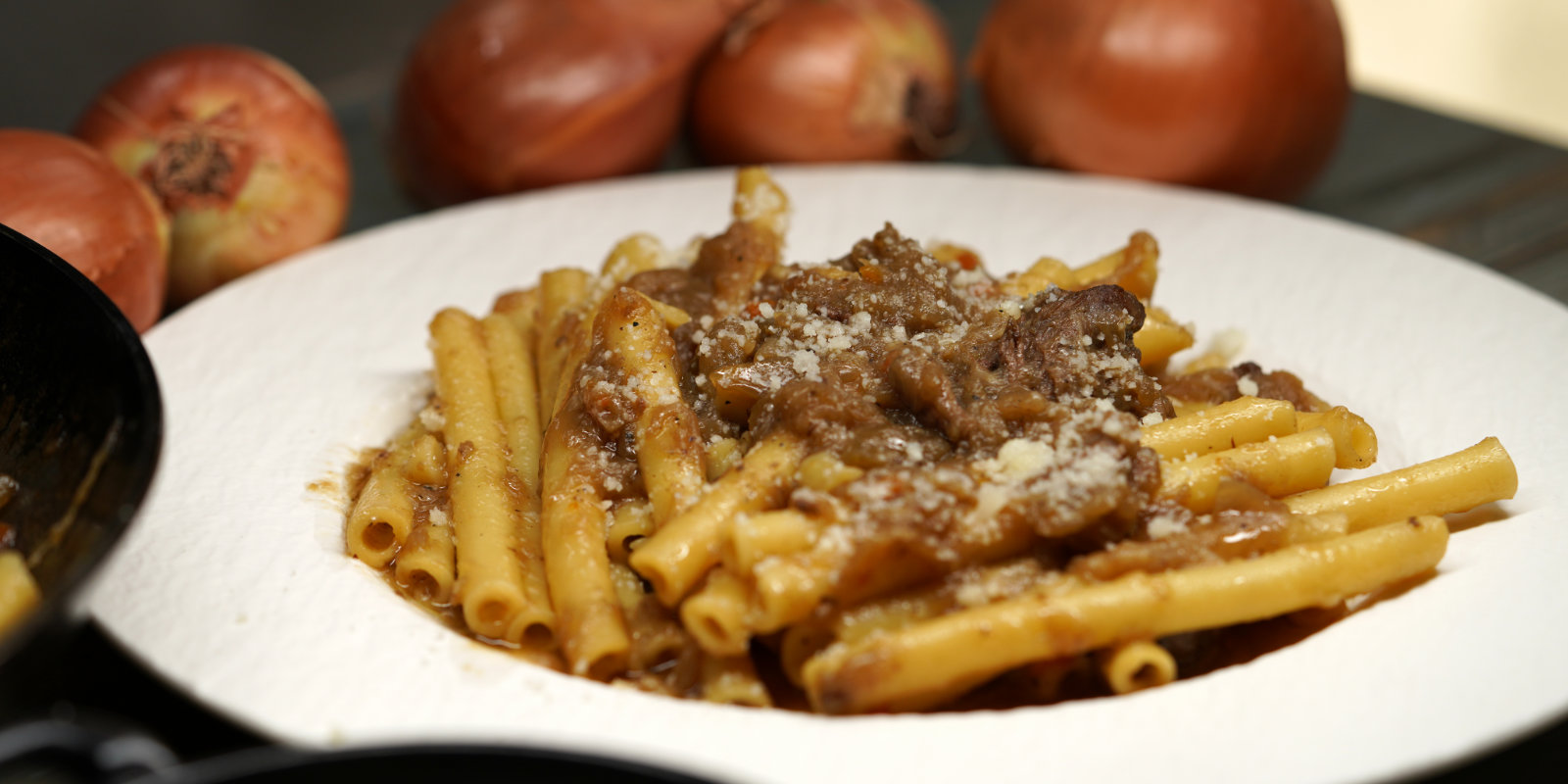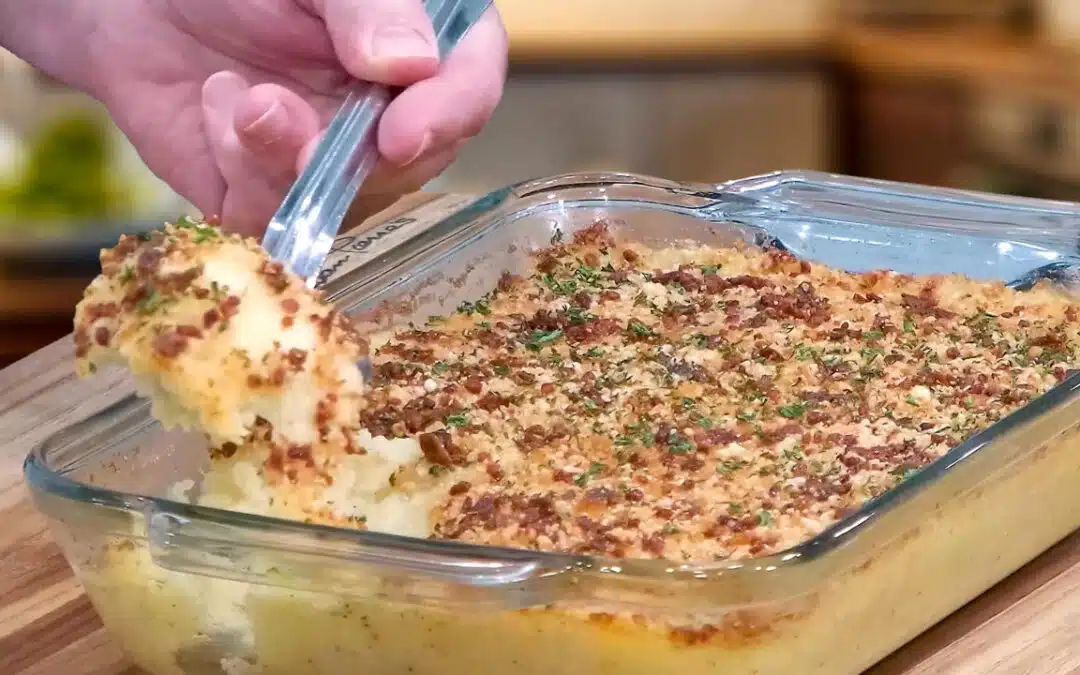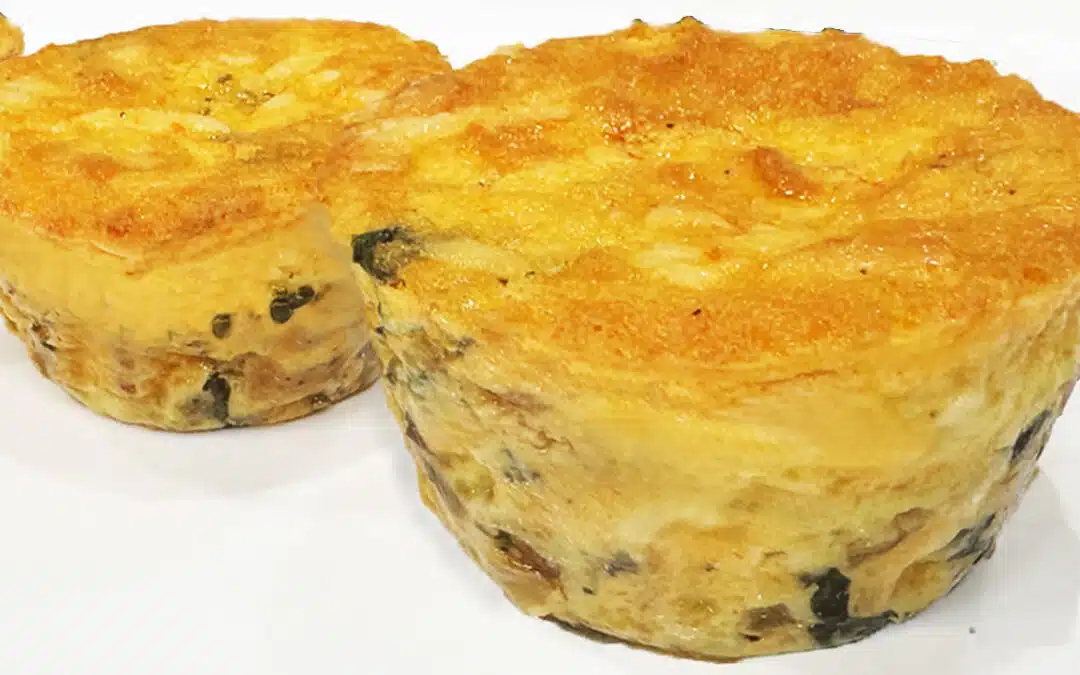When most people think of Italian ragù, their minds immediately go to Bolognese. But ask someone from Naples, and they’ll point you toward a deeply savory, slow-cooked masterpiece known as Pasta alla Genovese. Despite the name, this dish doesn’t hail from Genoa but is a Neapolitan treasure, a rich onion-based beef ragù that’s been beloved in Campania for centuries.
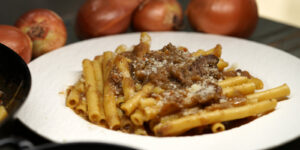
In this article, we’ll explore the fascinating origins of Pasta Genovese, break down the ingredients, guide you through a traditional cooking method, and share expert kitchen tips to ensure your Genovese is unforgettable.
A Mysterious Name: Why “Genovese”?
One of the great mysteries of Italian cuisine is how this Neapolitan dish got its name. Theories abound: some say it was introduced by a Genoese cook working in Naples during the Renaissance; others believe it was simply named in homage to Northern Italian flavors. Regardless, in Naples, “la Genovese” has come to mean one thing: a pot of beef, onions, and love slowly simmering for hours.
It’s considered a Sunday or festive dish in Naples, traditionally served with ziti, paccheri, or rigatoni. But it’s not just about the pasta—the real star is the sweet, savory, and melt-in-your-mouth onion and beef ragù.
Ingredients: Simple but Flavorful
One of the beauties of Pasta Genovese is how few ingredients it uses. But the secret lies in slow cooking and ingredient quality.
Essential Ingredients:
-
Beef chuck or brisket (1.5–2 lbs / 700–900g) – Tough cuts with connective tissue break down beautifully over time.
-
Onions (6–8 large yellow onions) – Yes, you read that right. The onions are the heart of this sauce.
-
Carrots (1–2, finely diced)
-
Celery (1–2 ribs, finely diced)
-
Olive oil (extra virgin preferred)
-
White wine (dry, about 1 cup)
-
Salt and black pepper
-
Optional: Parmesan rind, bay leaf, or pancetta for extra depth
For Serving:
-
Ziti, rigatoni, or paccheri pasta
-
Grated Parmigiano-Reggiano or Pecorino cheese
Step-by-Step Guide: How to Make Pasta Genovese
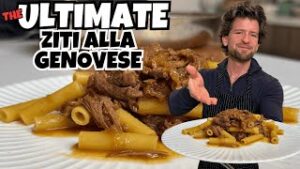
1. Prepare the Onions
Peel and thinly slice 6 to 8 large onions. This may seem excessive, but onions are the body of the sauce. As they cook down, they caramelize into a sweet, golden paste. If you’re worried about tears, chill the onions before slicing or use a sharp knife.
2. Sear the Meat
In a large heavy-bottomed pot (like a Dutch oven), heat some olive oil. Cut your beef into large chunks and sear them on all sides until nicely browned. Remove and set aside.
3. Build the Flavor Base
In the same pot, add diced carrots and celery. Cook until softened. Then add all the onions at once—it will seem like a mountain, but they’ll reduce significantly.
4. Deglaze and Add the Beef
Pour in a cup of dry white wine to deglaze the pot. Scrape up the fond (brown bits) at the bottom. Return the beef to the pot and nestle it into the onions.
5. Simmer Low and Slow
Cover and let the mixture simmer over very low heat for at least 3 to 4 hours—some Neapolitan nonnas go up to 6 hours. Stir occasionally to prevent sticking. The onions will melt into a thick, golden-brown sauce and the beef will become fork-tender.
6. Shred the Meat (Optional)
Some recipes leave the beef in chunks, others shred it into the sauce. It’s up to you. Either way, remove the beef when tender and either chop, shred, or leave it whole as a side dish (known as “secondo” in Italy).
7. Cook the Pasta
Boil your pasta until al dente. Reserve some of the pasta water.
8. Combine and Serve
Toss the pasta with the onion ragù, adding a bit of reserved pasta water if needed to loosen the sauce. Serve hot, topped with plenty of grated cheese.
Kitchen Tips for Perfect Pasta Genovese
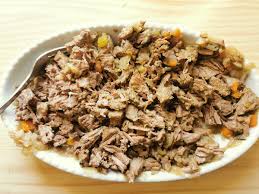
1. Patience is Key
This dish is not about speed. Low and slow cooking allows the onions to fully caramelize and the meat to become tender. Use the lowest flame and stir regularly.
2. Use the Right Pot
A Dutch oven or enameled cast iron pot holds and distributes heat evenly—ideal for long braising.
3. The Onion-to-Beef Ratio
Don’t skimp on onions! The sauce should be onion-forward. A common ratio is 3:1 onions to meat by weight.
4. Make It in Advance
Pasta Genovese actually tastes better the next day. The flavors deepen as it rests. Perfect for meal prep or serving at a dinner party.
5. Double Duty: Primo and Secondo
Serve the sauce with pasta as your first course (primo) and the beef separately as a main (secondo), paired with sautéed greens or crusty bread.
Pasta Choices: What Works Best?
Traditional:
-
Ziti (often broken by hand before boiling)
-
Paccheri (large tubular pasta)
-
Rigatoni or mezzi paccheri
These shapes hold the thick sauce well and provide a satisfying bite.
Modern Variations:
-
Pappardelle (if using shredded beef)
-
Gnocchi (for a more decadent twist)
Variations and Enhancements
-
Add Pancetta: A bit of pancetta adds smoky, salty depth.
-
Use Veal or Pork: While beef is traditional, some versions blend meats.
-
Add Parmesan Rind: Let it simmer in the sauce for a savory umami boost.
-
Touch of Tomato: A few spoonfuls of tomato paste are sometimes added, but purists skip it.
Wine Pairing
Pasta Genovese pairs beautifully with a bold red like Aglianico, Chianti, or even Barolo. The wine’s tannins cut through the sweetness of the onions and richness of the beef.
Final Thoughts
Pasta Genovese is a celebration of time, tradition, and simplicity. It’s a dish that demands patience but rewards you with extraordinary depth of flavor. While it may not be as famous as its cousin from Bologna, Genovese is a true gem of Southern Italian cuisine—one that deserves a spot on your table.
Whether you serve it as a comforting Sunday meal, a holiday showstopper, or an indulgent dinner for two, Pasta alla Genovese will warm your soul and impress your guests. All it takes is a little time, a mountain of onions, and a lot of love.

